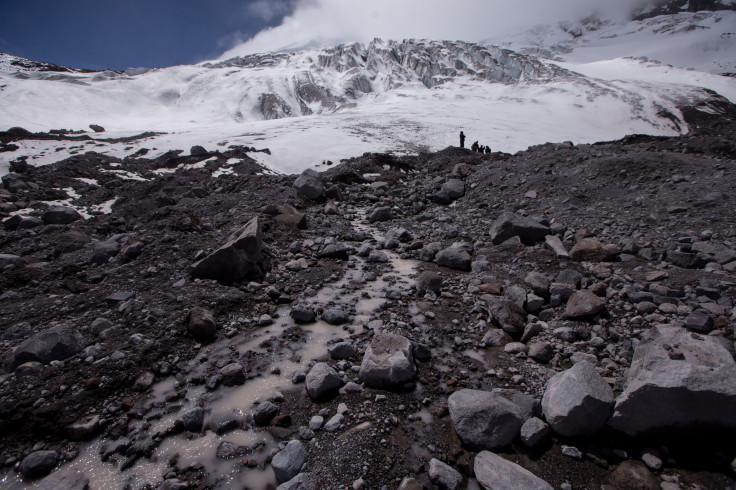Buddhist Man Fighting Climate Change With Artificial Glaciers In Northern Indian Desert

Residents across the world are combating the side effects of climate change and so are the people in Ladakh, a cold mountain desert in the far north of India, it was reported Thursday.
But the twist in the tale is that the locals here have thought of a solution in synchrony with their environment. Over the past few years, the people of Phyang in the desert state have built artificial glaciers to help solve the water crisis in the area, according to a report.
Since rainfall is rare there and water is essential for irrigating the farmlands which is the primary source of income for the local population, the people had to create ways to bring water. So, a local mechanical engineer, Sonam Wangchuk, found out the apt solution — to make more glaciers, according to CNN.
Innovation at its best! Ice Stupa creation by the genius @Wangchuk66 in Leh provides water at the peak of summer. Blessing in the Himalayas! pic.twitter.com/DOIKk0x3J4
— Aditya Raj Kaul (@AdityaRajKaul) July 2, 2017
Read: Rush Limbaugh Attacks Stephen Hawking For Climate Change Warning, Calls It 'Meteorological Porn'
The natural glaciers are shrinking due to rising global temperatures and this means glaciers provide far less water in the early spring season. During summers, a lot of water is released from them which makes them shrink further. To solve this imbalance in water release, Wangchuk thought of an idea — by collecting more water from the melting snow and ice in the cold months, which otherwise would have gone to waste. He suggested to store this water until spring when farmers need it the most.
"I once saw ice under a bridge in May and understood that it's the sun that makes the ice melt, not ambient temperature," he told CNN. "I realized that ice can last a long time, even at low altitudes."
He went on to build an "ice stupa" — a cone of ice that Wangchuk named after the Buddhist traditional mound-like shrines that are found throughout Asia.
Read: How Climate Change Is Affecting Flight Delays
To make this ice stupa, all that is required a downstream, an upstream and a gradient, according to Wangchuk, and that neither power nor pump is required for this mechanism, the way it usually is with conventional water pumps. He said the first step is for a pipe to be laid underground, connecting a stream of water to the location where the ice stupa is required, which is usually next to a village. Additionally, the water should come from a higher altitude, from around 60 meters or more.
A fluid in a system will always maintain its level, hence water flowing down from 60 meters upstream will spray that amount of water up the downstream pipe. This gushing of water will form a fountain. The extremely cold temperature then crystallizes the water droplets into ice that falls right below, forming a cone. And that is the artificial glacier
The project had to be crowdfunded as the initial full-scale version of the ice stupa was coming up to be around $125,000.
Wangchuk won the Rolex Award for Enterprise on November 15 for his contribution to Ladakh's water crisis. He received 100,000 Swiss francs (Just over $104,000) and one of the world’s most expensive watches, with his name engraved on it.
Ladakh is a trans-Himalayan mountain desert in the extreme north of India with villages located as high as 4,000 meters in altitude. The temperature can touch -30 degrees Celsius and the average annual rain/snow fall is 100 millimeters. Human settlements are usually found around glacial streams which feed into the Indian river, Indus, and other tributaries.
The only way of survival in these areas is diverting water from the streams through meticulously built canals toward deserts to grow crops like barley, wheat, vegetables and trees like apricots, apples, willow and poplar.
© Copyright IBTimes 2025. All rights reserved.





















